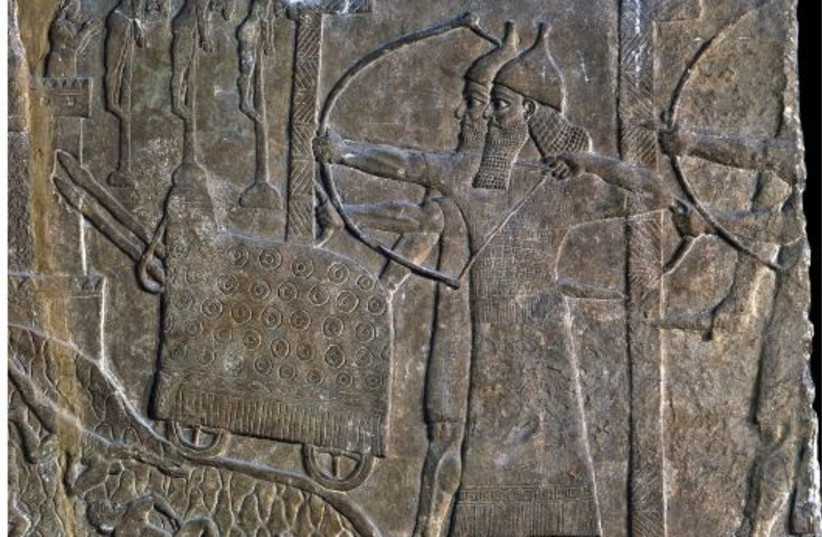Lost Assyrian camp uncovered: Could it prove the biblical siege of Jerusalem?
Stephen Compton, an expert in Near Eastern archaeology, used modern mapping techniques to identify the remains of what he believes to be ancient Assyrian military camps dating back to around 700 B.C.

A recent archaeological discovery in Israel might corroborate a dramatic biblical account, potentially shedding light on the ancient siege of Jerusalem by Assyrian King Sennacherib. This finding, unearthed by independent scholar Stephen Compton, could verify the biblical narrative of an angel of the Lord annihilating 185,000 Assyrian soldiers as described in 2 Kings 19:35.
Stephen Compton, an expert in Near Eastern archaeology, used modern mapping techniques to identify the remains of what he believes to be ancient Assyrian military camps dating back to around 700 B.C. “The discovery, detailed in Assyrian texts, Greek histories, and the Hebrew Bible, supports the biblical account of 2 Kings 19:35, Isaiah 37:36-38, and 2 Chronicles 32:21,” Compton told Fox News Digital.
One significant piece of evidence comes from stone panels originally part of Sennacherib's palace. These panels depict his military camp, fortified with 24 guard towers. Compton matched these depictions with early aerial photographs of Lachish, Israel, to create a virtual map pinpointing the camp's location. “The image from the wall of Sennacherib’s palace is now on the wall of the British Museum, but it’s never been found,” he explained to Fox News Digital.
Mapping ancient history
The location of the camp was verified by overlaying early 20th-century photographs with the landscape depicted in the Assyrian reliefs. Compton’s research, as detailed in Newsweek, indicates that the camp's oval shape was consistent with Assyrian military structures. “We knew it was an oval. What I did was take the image of the relief and match it up with recognizable features in the landscape,” Compton said to Newsweek. He also highlighted that the camp's name, position, and dates fit the historical context of Sennacherib’s invasion.
The site, now known as Ammunition Hill, shows ruins consistent with those of Sennacherib's Lachish camp. Compton hopes that future archaeological excavations will provide further insights into this significant find. “I think it's exciting to have found the spot, and I hope that we'll soon see archaeological excavations there that can give us more information about the site,” he told Fox News Digital.
Historical and biblical significance
The study of these sites has revealed a distribution consistent with what is known of Sennacherib's invasion route and the cities his forces besieged. According to Newsweek, This has enabled Compton to identify potential sites of two lost ancient cities, Libnah and Nob. These findings provide a compelling intersection of historical documentation and biblical narratives, offering a richer understanding of ancient Near Eastern history.





